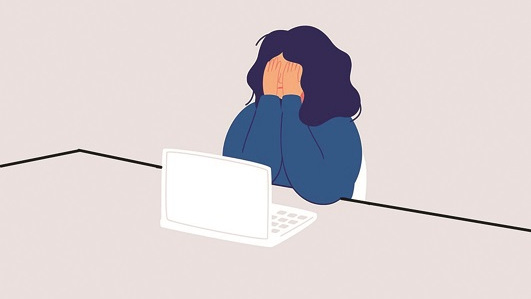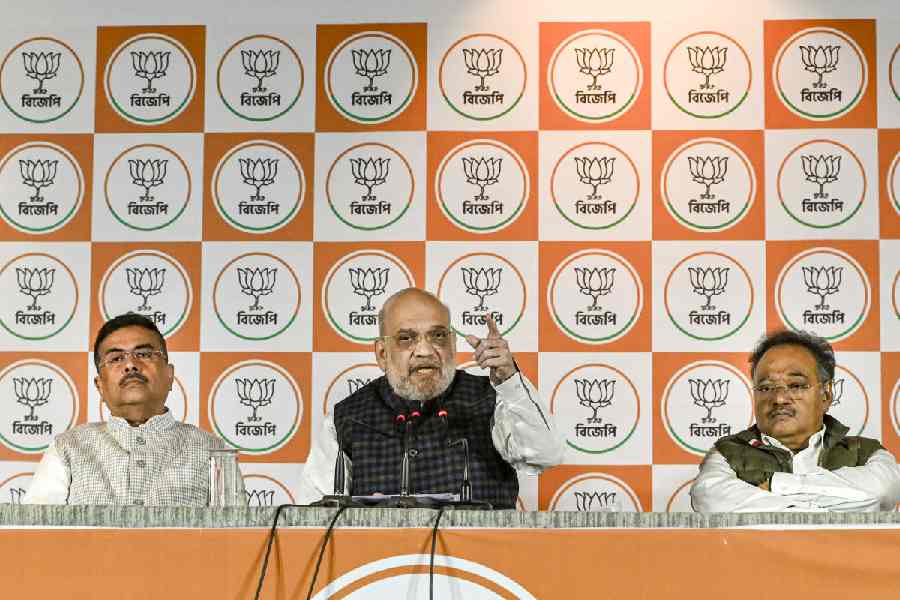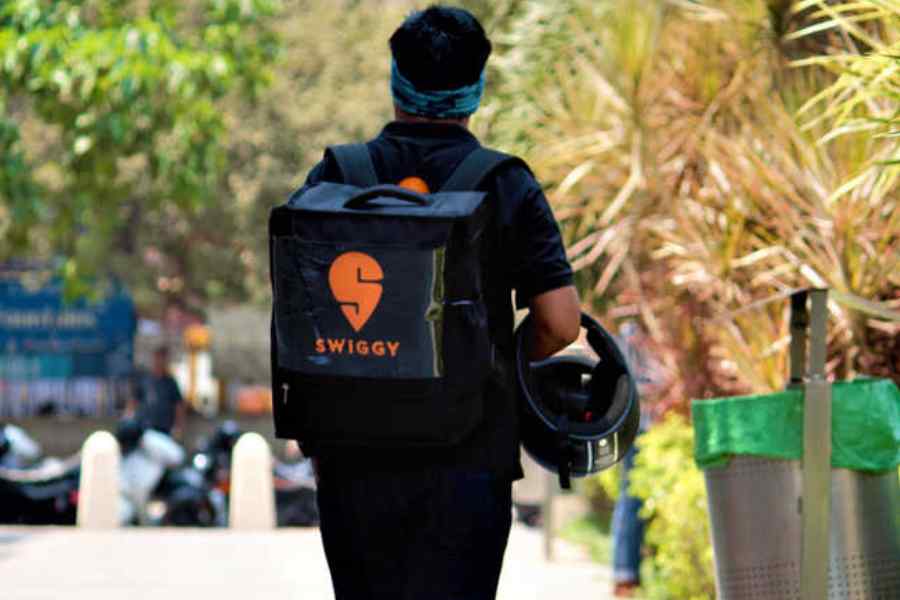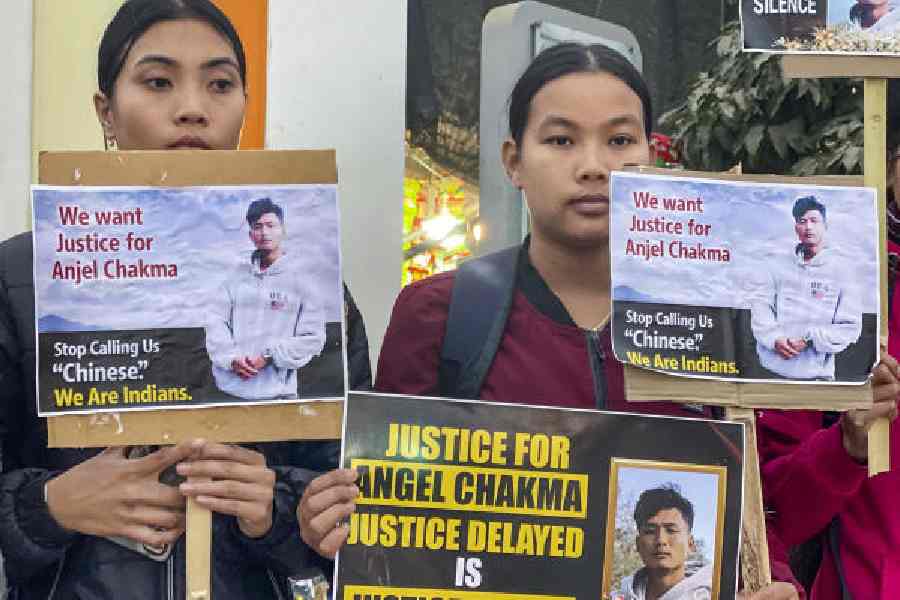West Bengal recorded its first officially-confirmed coronavirus death a year and three days ago, on March 23, 2020, that of a 57-year-old man who had recently returned from Italy. A day later, Lockdown 1.0 was announced at four hours’ notice, coming into effect from midnight of March 24/25, and, as we all know (even if we can’t recall the exact dates), being extended in phases up to the end of May. By end-March last year, many of the positions we now associate with the ongoing pandemic had begun to be adopted by significant numbers of people — from a plethora of conspiracy theories to varieties of studied nonchalance; from the tom-tomming of traditional and/or natural cures to eco-outrage at the nemesis human beings had unleashed on themselves through their hubris; from firmly-held belief in supernatural intercession to the invocation of science as the only hope of overcoming the virus. Many commentators combined one or more of these positions to push forward their own understandings and interpretations of what seemed to be — at least at that point — a temporary lull in the normal rhythm of life. As the days stretched into weeks, and the weeks into months, most of the early predictions — whether based on faith or on analyses of multiplying piles of data — crumbled like so much dust before swirling whirlwinds.
One year on, and despite the astonishing achievements of researchers and scientists (and unprecedented global cooperation) ensuring that several vaccines have made their way into our lives, the picture remains indecipherably blurry. The total number of deaths from Covid-19 in West Bengal on March 23, 2021 — exactly a year after that first mortality — stands at 10,310, according to government statistics; many think the real figure is significantly higher. Worries abound. Are we about to see a “second wave” of Covid-19 infections? Or is it already upon us? How virulent are the new variants of the SARS-CoV-2 virus that have begun to make inroads in India? Will a fresh wave of restrictions on travel and gatherings have to be imposed in a few weeks’ time? Are the assembly elections in West Bengal to be followed by another phase of lockdowns? The questions multiply, even as coronavirus cases seem to be on an upswing after months of reduced infections.
Our inability to judge how or when the virus can be brought under some kind of control (it now appears that the best we can hope for is to learn to live with it, instead of looking to eradicate it entirely) has also muddled our ability to compute the toll it has already taken on the lives of millions upon millions of our fellow citizens — from the most privileged to the poorest in the land — leave alone think of possible alleviative measures. Perhaps the major difficulty lies in the near-impossibility of calculating just how badly individuals, families and communities have been, and are being, affected by the pandemic — a difficulty compounded by the fact that Covid-19 has already had a ‘multiplier effect’ on existing inequities and inequalities, whether these are based on class, caste, religion, occupation, gender, geographical location, political affiliation or a combination of these. One is not speaking here only of the underclass, the poor migrant labourer forced to trudge hundreds of weary kilometres home, the petty salaried employee suddenly deprived of a job — many millions of others, some with seemingly secure livelihoods, are almost as badly affected. For many, if not the majority, this has to do with the psychological toll that the pandemic has taken. Among them, some of the worst-affected are students and teachers.
Despite all our access to technology, all the Zoom meetings, the Google classrooms, online teaching tools, access to free resources and so on, what this last year has brought home in no uncertain terms is that learning and teaching are interactive, collaborative and crucially dependent on what is perhaps best expressed as the ‘embodied’ nature of education — whether at school, college or university. At a recent (virtual) interaction with college and university teachers, a participant recounted how students would come in to her college just to say “hello” to their teachers and their peers, and then go back home. This immediately led to others narrating that they had experienced the same phenomenon, and how many of them would go to their university or college not because they were duty-bound to do so, but because they craved human contact — even if separated by six feet of distance — with their colleagues and, perhaps more importantly, their students. There was near-unanimity about just how important such physical presence was to the teaching-learning process — something that seems not to be taken much into account as we rush into virtual digital lecture halls and laboratories. The ‘digital divide’ has, to a considerable extent, made education a function of a student’s economic status, and educational institutions are struggling to find ways and means to ensure that no student is left behind for want of a device or data plan; but even if every student had access to a device and data, the business of conducting online classes has something bizarrely inhuman about it. The inability to pick up the non-verbal cues that alert a teacher to the attentiveness, or otherwise, of a student, or indicate to students the interest, or lack thereof, on the part of a teacher in what she/he is supposed to be teaching, are fundamental components of the pedagogic process. Going digital may have its uses, but the absence of the living, breathing, thinking human being engaged in the process of questioning, debating, arguing, understanding, in short, learning, diminishes the entire process of education. The consequences can be devastating. Many of the teachers in that interaction confessed how they felt “useless” or “helpless” or “inadequate” in such a situation, and all looked forward to the time when they would be able to interact physically, not virtually, with pupils. A great deal (some would say “most”) of what we learn at school, college or university happens outside the structured confines of the classroom, without the supervision of a teacher. This too has been largely lost due to the pandemic.
More questions. When will students and teachers once again interact in ways that are not mediated by digital means? When will campuses regain their rightful place as fertile seedbeds of fresh ideas? When will we be able to communicate with each other as whole human beings instead of disembodied voices screaming into the void? As SARS-CoV-2 mutates merrily into ever-newer forms, and the questions keep multiplying by the day, perhaps the hardest thing to do is not to seek answers, but simply to hold on to hope.
The author is professor of Comparative Literature, Jadavpur University, and has been working as a volunteer for a rural development NGO for the last 30 years










